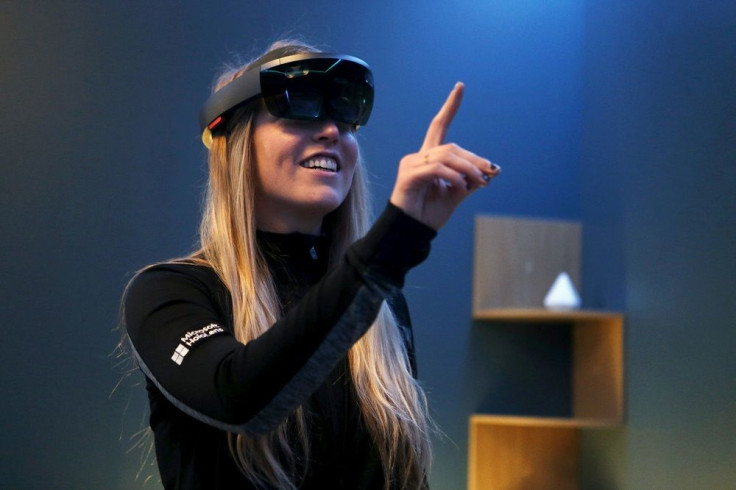Virtual reality takes people closer to outer space

An exhibit, dubbed as “Destination Mars,” made its public debut at the NASA’s Kennedy Space Center Visitor Complex in Florida this April 2016. The virtual reality (VR) experience that available for public viewing is designed to let people see Mars the way astronauts are looking at it, Tech Crunch reported.
The project, spearheaded by NASA, is in collaboration with Microsoft, where they apply VR technology to introduce a new, mixed-reality experience. The “Destinations Mars” project makes use of the tech giant’s HoloLens mixed reality headset to integrate virtual elements into a user’s actual environment.
The Microsoft HoloLens is described as the first fully untethered holographic computer which lets users interact with high definition holograms. The technology makes it possible for virtual and real objects to coexist in a single environment.
Though the medium is in its infancy, scientists and engineers are working their way to figure out how to integrate both a life-sized person and Mars’ images into a single environment, taking into consideration the performance constraints of the mixed reality headset.
The HoloLens gadget has also been utilised in space aboard the International Space Station before astronaut Scott Kelly ended his year in space. Apparently, Kelly called mission control using Skype and streamed images of his vantage point through the mixed reality headset, reported Mercury News
Almost real Mars experience
During the exhibit, visitors can visit several sites on Mars, using actual images captured by the Curiosity Mars Rover since August 2012. The VR tour will be presented by a holographic image of Dr Buzz Aldrin, the second person to step on the moon. The Curiosity Mars Rover, with its driver Erisa Hines from Jet Propulsion Laboratory (JPL), will give a guided tour of Mars. Participants of the exhibit will be taken to places on Mars where scientists have made exciting and new discoveries, thus will create new avenues of learning about the red planet.
According to Doug Ellison a visualisation producer at JPL, the mixed reality experience lets the public explore Mars in an entirely new perspective. The ability of science and engineering to let people walk through the exact landscape where the Curiosity has been is an achievement in itself.
“To walk through the exact landscape that Curiosity is roving across puts its achievements and discoveries into beautiful context,” Ellison added in a NASA publication .
Emerging technologies
The “Destination Mars” uses OnSight , a software tool co-developed by Microsoft and JPL that simulates the environment Curiosity captures and let scientists examine the environment as if they were at the exact place. The project is developed in response to the challenges scientist faced in space exploration, which is sharing with the world their actual experience. The mixed reality project by NASA and Microsoft is a pioneering feat that provides a deeper understanding of space exploration.
Similarly, there are many other emerging technologies that have scientists have used and further developed. Vice-versa, tech made and used by scientists can be used to solve problems and open up opportunities in many industries. For instance, radio frequency (RF) technology, which is used in wireless communication in space and radio, is also is also encountered in people’s daily lives. It is also the technology used to amplify cellular and network signals, via the network extender device from 5BARz International . The same RF technology is used in medical devices for non-invasive surgeries such as weight loss treatment.
On the other hand, ZDNet featured VR technologies applied in several sectors such as education and healthcare. Schools now have VR guided tours of certain historic places for children to enjoy. The idea of this technology is to create a stronger and more vibrant educational experiences for kids without leaving their classrooms. In the healthcare industry, there have been several applications of VR technology for years now. Aside from treatment of phobias through exposure therapy, VR technology in is also used pain management and surgical training.
It is no surprise that today’s technologies are development or adaption from already existing technologies which are meant to make life easier and adapt to people’s transforming people’s dynamic lifestyle. More than the ability to connect to things out of people’s reach, it is the experience that sets the VR technology apart.





















